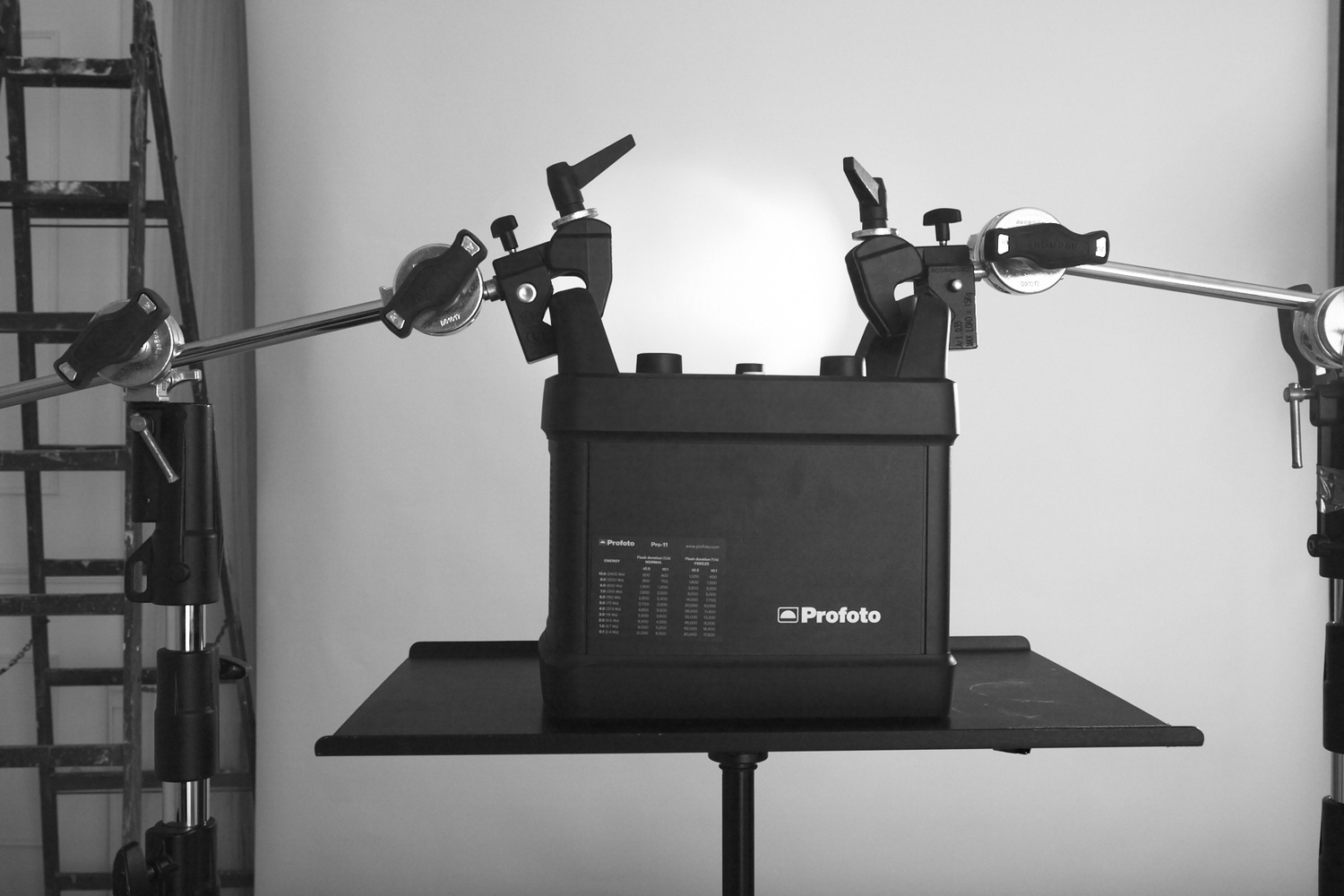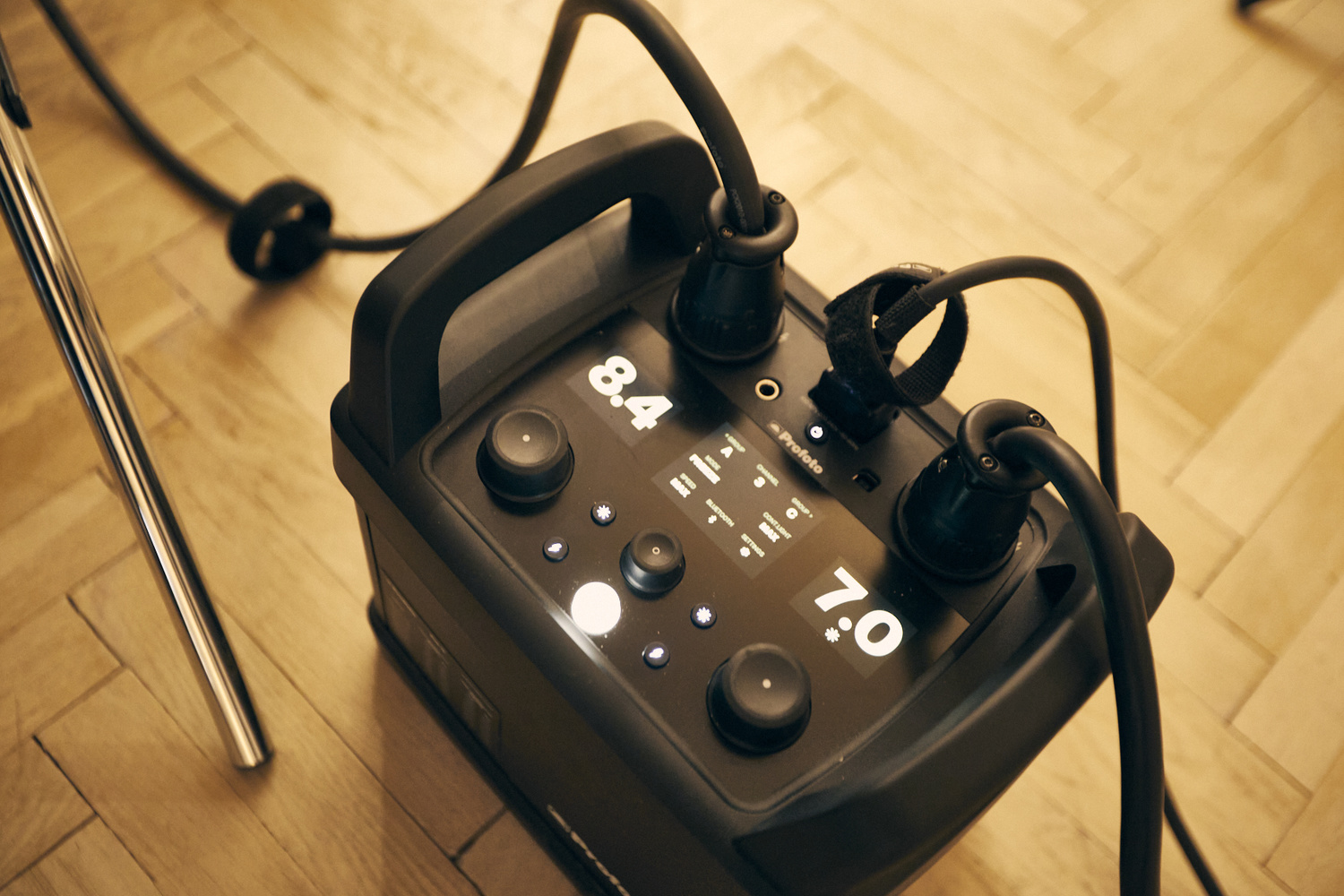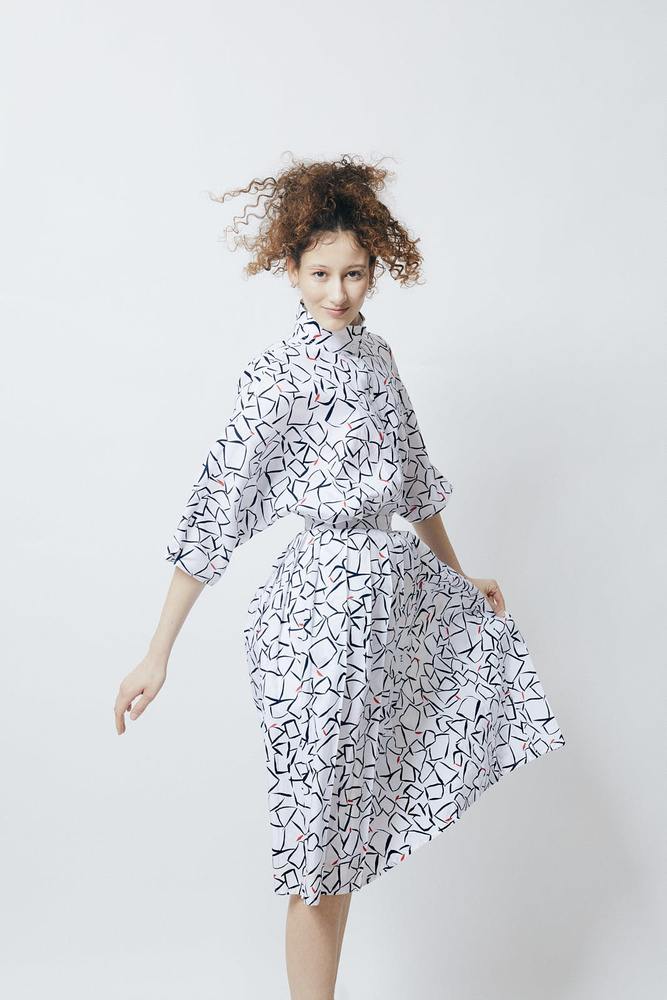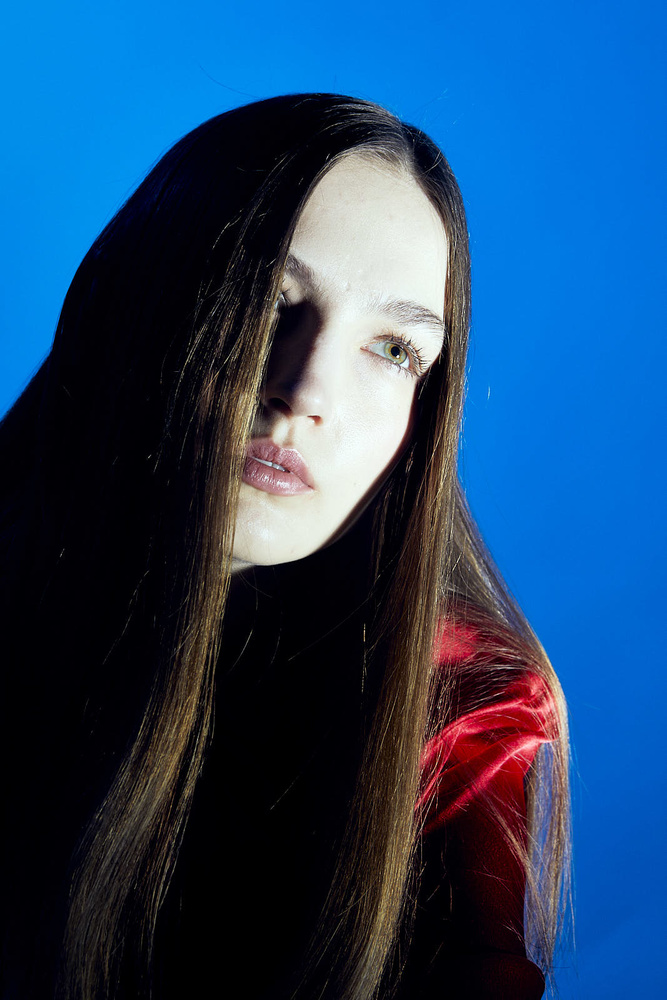[ad_1]
Is this the king of flash? Well, very likely, yes. The Profoto Pro-11 is the world’s most expensive flash, that behaves like the world’s most expensive flash. I had the Pro-11 unit to review and here are my thoughts.
Introduction
Profoto release a new flash pack every 4, if not 6 or 8 years. Over the last 20 years, there were this many packs: Pro-7, Pro-8, Pro-10, Pro-11. Consequently, they were released in 1998, 2008, 2016, and 2021. Each time a new pack comes out it makes a splash. The usual “is anyone buying flashes for this much?” articles follow. The truth is, yes people buy the Pro-series flashes. Otherwise, Profoto would not make them.
Build Quality
The Pro-11 is made out of metal and rubber. The metal on the chassis is incredibly thick and could probably be used to stop small-caliber ammunition. Profoto claims that they have over-engineered their Pro-11 to withstand any professional use. Weighing in at a whopping 29.8lb/13.2 kg, this pack is heavy and is not my first choice for an on-location shoot with a small crew. Measuring in at 11.4×8.3×11.8” or 29/21/30cm it is fairly small for a generator this powerful. For comparison, the Broncolor Scoro is much taller. Overall, it would be a similar size to a car battery. Weight-wise, it is lighter though. 
The Pro-11 is building on the legacy of Profoto’s Pro-series products: built to last. There are studios that use the Pro-7 from 1998 and don’t see a reason to change to something else. In fact, I’ve seen people sell off their Pro-2 kits from the 70s for pretty good cash. It is almost unbelievable to me that these packs work that long. The Pro-11 is an investment, but it’s like buying real estate. Costing like a small property somewhere in a third-world country (such as where I am from), the Pro-11 is an investment that may be passed on through generations. Overall, it is built well enough to outlive the buyer, which is somewhat depressing to think about.
There are things that disappoint me in the Pro-11 build. There are only two sockets on the unit, which is disappointing. For comparison, Broncolor has 3 on their Scoro packs. Why is this a problem? It is fairly evident that if a photographer is renting in Pro-packs they won’t be using a “simple one-light setup”. Being able to add more, perhaps 3 or even 4 would be great. Hey Profoto, bring back the D4! It was a great flash, with rubbish flash duration. We need more sockets over here.


Features
AirTTL
I have been called out for this a few times. Why does anyone need TTL if they are spending this much on a flash? Thing is, TTL makes creativity easier. When Profoto came out with their B1 flash, it featured TTL. The photography community went nuts and said that no one will be using it. Guess who is using that TTL functionality now? Well, it’s that photographic community. TTL makes getting the shot easier. Come on, do you want to be messing with lights, or do you want to just get the shot? I prefer getting the shot.
AirX
I thought this was utterly stupid. And I see how it can be stupid. Who in their right would be shooting images with a $17,000 flash and an iPhone. Well, probably the same person who said TTL is useless in 2013. There are use cases such as e-commerce studios where light quality and consistency matter, but the picture quality isn’t that significant. 
Another, perhaps hidden use of AirX is firmware updates and control from a smartphone. An average rental studio can have up to 80 if not 100 pro-packs. One time, a photographer rented 100 packs and 200 heads to shoot a movie poster.
Imagine Profoto releasing a firmware update, and you being that lucky person who has to update it on all the packs. As exciting as it is, it will take you forever. With AirX you can do it quickly and seamlessly.
Another useful feature of AirX is being able to control the packs from a smartphone, which eliminates the need for extra remotes on set. This is a cost-saver for assistants as well as studios.
Lastly, AirX technology has practically replaced TTL. It would not be surprising to see Profoto announce a new remote: AirX. It will allow for much better connectivity, and perhaps even be a smartphone connecting the camera and lights via Bluetooth.
Light Quality
The light quality is what I care about most when shelling out nearly $20k on a flash. Is the light magical and casts a spell on the set? No. Be it from a cheap flashlight or state-of-the-art photographic flash equipment, light is light. What makes the Pro-11 special is the amount, consistency, and qualities this light has.
The Pro-11 has a total output of 2400W that can be distributed asymmetrically any way you want. This is more than enough for 99% of applications. I rarely used the Pro-11 at full output when I tested it. Depending on what set you have, the Pro-11 is more than enough to overpower any sun in your studio. If you are short on power, use the twin head, which will add an extra stop, if you add an extra pack. The real use for twin heads, at least in the past, was for getting shorter flash durations. However, with the introduction of the Pro-10 and Pro-11, this was solved and you can use the regular ProHead Plus for everything.
The flash duration on this unit ranges from 1/80,000 at lower ends, to 1/1000 at maximum power. There are two modes, one is normal and the other is freeze. When using freeze mode, there will be a minor loss in color accuracy as well as output consistency, but to be frank, I used my copy of the Pro-11 on freeze all the time and noticed exactly 0 difference shot to shot. The 1/80,000 is a marketing stunt. You will get that flash duration when the Pro-11 is used at 0.1 power, so at 2.4 Ws. The working flash duration range, with normal use being power levels 4-8 will be 1/26,000s to 1/3,500s. Still, this is plenty of flash duration to freeze any motion seamlessly. With the consistency and blazingly fast recycling speeds, you can be sure to freeze anything with the Pro-11. Speaking of recycling speeds, the Pro-11 will recycle to full power (2400W) in 0.7 seconds. That’s a lot of capacitors in that flash!
Unfortunately, the Pro-11 doesn’t have extra features such as strobing for capturing multi-exposure images with a single click. Sadly a $60 Speedlite can do it while the Pro-11 can’t. Quite a few photographers would benefit from this. Another problem was with user presets. This is useful for eCommerce studios that may use the same pack for different setups. 







The Pro-11 Doesn’t Have Any Real Alternatives
One thing that I find interesting is that there is no real alternative for the Pro-11. The two closest units are Godox P2400 and Broncolor Scoro 3200S WiFi. The Godox, while being more powerful and a lot more affordable, is lagging behind on consistency and build quality, as well as integration with smartphones. Broncolor, while being more powerful and accurate, is behind on adding TTL to their system.
Why are AirX and TTL useful? Read above.
What I Liked
- Durability and build quality
- Light quality
- Future-proof AirX connectivity
What Could Be Improved
- Extra head sockets
- Strobe functions and other firmware tweaks
- Price tag
Closing Thoughts
The Pro-11 is a flash made for big productions. An average user is unlikely to own Pro-11 because they feel like it. I can think of 17,500 ways to spend $17,500 that doesn’t include buying a Pro-11. Nonetheless, it is a great unit that I encourage you to rent and try for yourself. There are times when I also rent a Profoto Pro-pack when my own lights can’t do the job well. There is absolutely a need for products like this on sets.
[ad_2]
Original Source Link